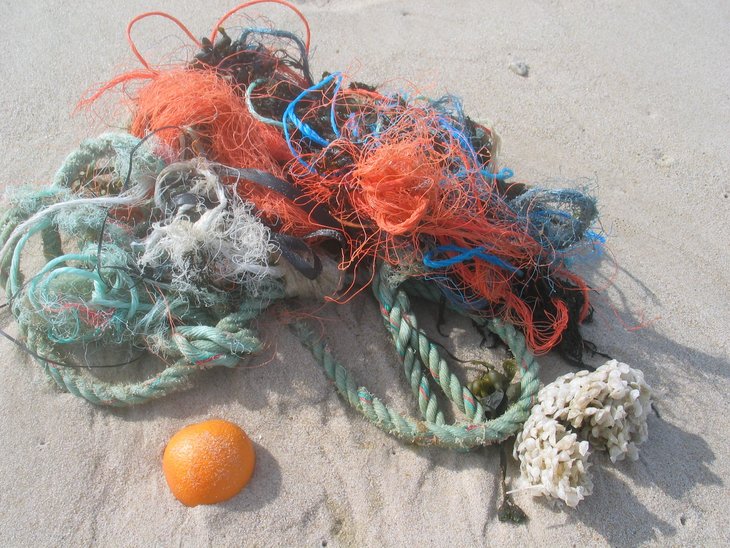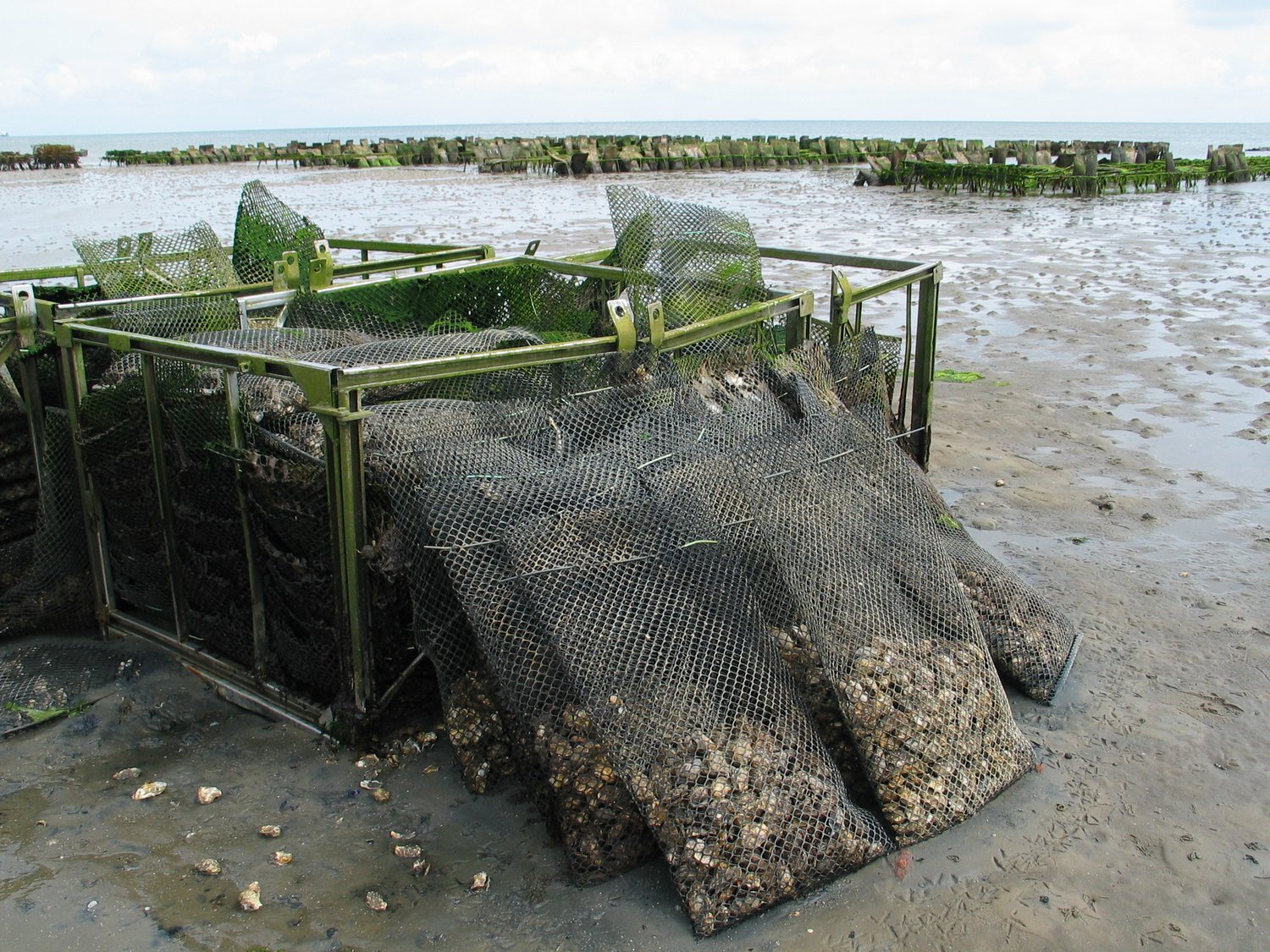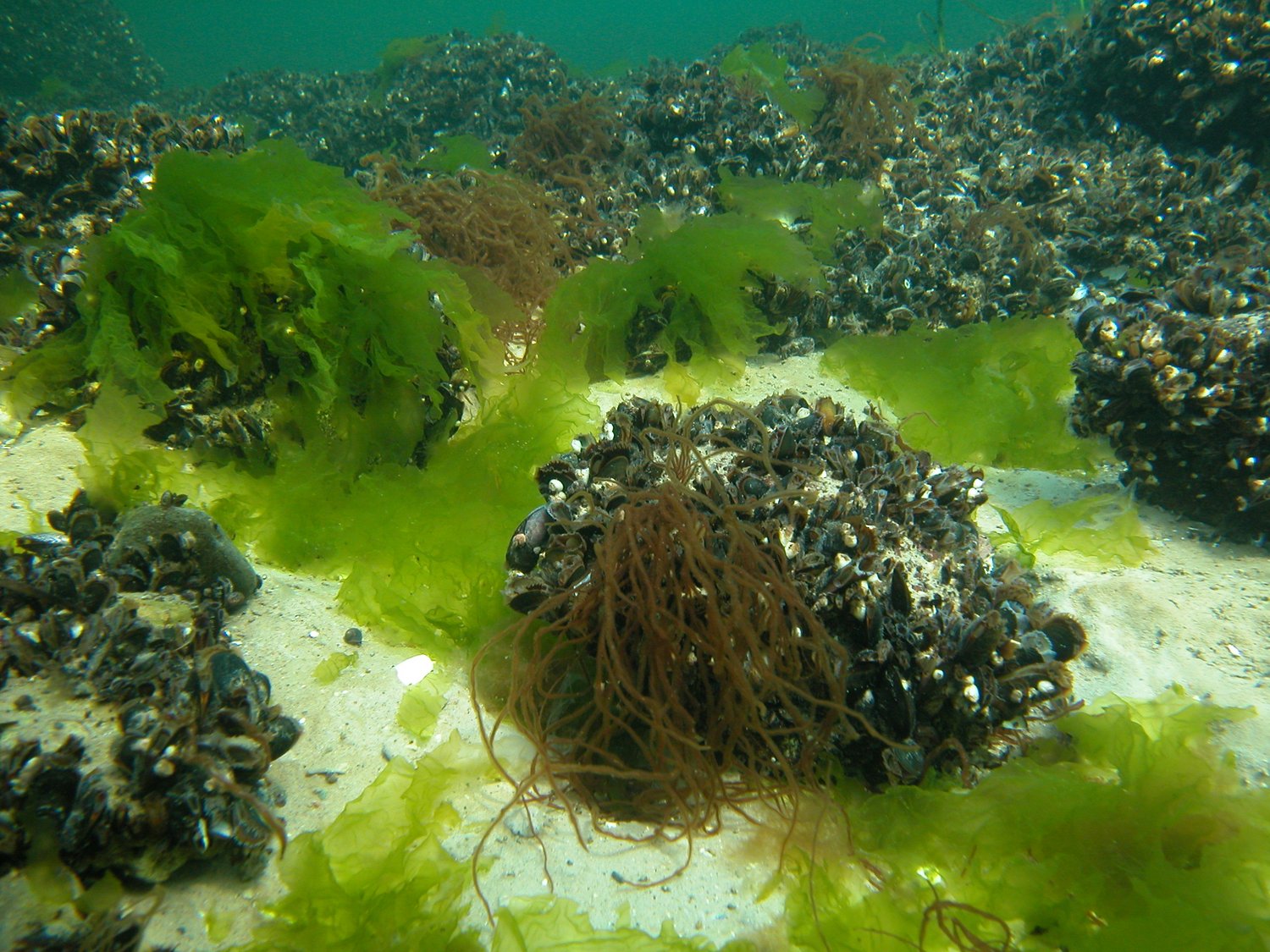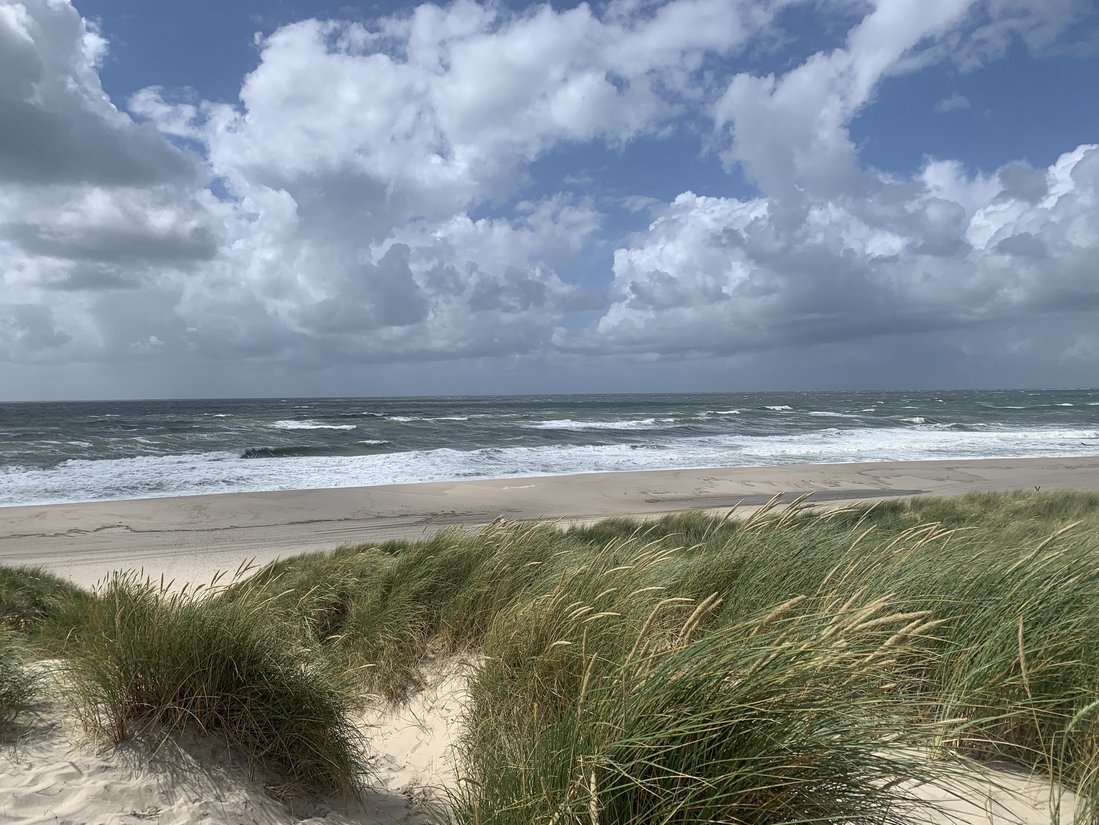
The condition of Germany’s North Sea and Baltic Sea waters is now being monitored more regularly than ever before in the history of the Federal Republic of Germany. This is largely due to the European Marine Strategy Framework Directive (MSFD).
The directive requires European coastal states, including Germany, to develop a so-called Marine Strategy aimed at achieving or maintaining a good environmental status of marine ecosystems.
This strategy and the associated measures are reviewed and updated every six years. For the evaluation, experts are commissioned by the Federal Ministry of the Environment and the coastal federal states of Bremen, Hamburg, Mecklenburg-Western Pomerania, Lower Saxony and Schleswig-Holstein to reassess the condition of German coastal and marine waters in the North Sea and Baltic Sea. They use current specialist publications and results from scientific monitoring programmes or long-term studies in the North Sea and Baltic Sea as a knowledge base.
A first assessment was carried out in 2012, a second in 2018 and the third and current status report was published in October 2024. It consists of two sub-reports, one for the German North Sea waters and one for the German Baltic Sea waters.
Since the status reports were launched, progress has been made in describing and diagnosing the status. This means that over the past few years, experts have defined more precisely which common criteria and procedures should be used to monitor and assess the status of marine waters. For example, the new report contains more specific statements on the status of biodiversity. In addition, standardised EU-wide threshold values have been agreed for the indicators beach litter, underwater noise and loss of and degradation of seabed habits. The health check of marine waters can therefore make much more detailed statements on selected pollution factors.
2. The German North Sea and Baltic Sea are not in good condition
,Overall, it was found that the North Sea/Baltic Sea waters to be managed by Germany also failed to achieve the desired good status (...) in the third assessment period 2016-2021. The excessive pressures from human activities have neither decreased sufficiently during the assessment period nor has the status of marine biodiversity and marine ecosystems improved.’ (Status of German North Sea/Baltic Sea waters 2024, summary)
This is the wording used by the authors in both sections of the report to summarise the state of Germany’s coastal and marine waters. Marine regions and their ecosystems are widely affected by eutrophication (over-fertilisation due to excessive nutrient inputs), pollutants, waste, and underwater noise, meaning they do not meet good environmental status.
However, there is one piece of good news: for the first time, offshore areas in the German North Sea have been identified as non-eutrophic, meaning they are not affected by excessive nutrient loads. These areas account for 13 per cent of Germany’s offshore North Sea waters. In contrast, in the coastal waters of the German North Sea, nutrient concentrations and eutrophication effects continue to exceed all threshold values significantly.

Waste was pervasive on the beaches, on the seabed, and in the water column of both the North Sea and the Baltic Sea. While litter found on the beaches decreased and, in some parts of the Baltic Sea, even fell below the threshold value, the amount of waste on the seabed increased in both seas. The waste was primarily made up of plastic, with much of it in the North Sea originating from the fishing industry.

In both the North Sea and the Baltic Sea, the expansion of offshore wind energy has led to increased underwater noise pollution affecting marine organisms. The main sources of this noise are pile-driving and the ship traffic associated with the construction of wind farms. However, according to the report, noise reduction measures have successfully ensured that the threshold values for impulsive sounds are increasingly met, and piling times have been reduced in both marine regions.
Yet, experts have observed the settlement of more non-native species. In the North Sea, there were twelve new species, while in the Baltic Sea, nine were recorded. To achieve good environmental status, only one or two new species should be registered per reporting period. These invaders mainly arrived as stowaways on ships or were introduced by fishermen for fish and shellfish farming in aquaculture cages.
3. Data gaps for commercial fish stocks
The status report reveals major data gaps with regard to commercially fished fish and shellfish stocks (mussels, crustaceans). As a result, only nine out of the 25 stocks in the Baltic Sea could be assessed, while in the North Sea, the assessment covered 14 out of 21 stocks.
Of the 21 fish stocks analysed in German North Sea waters, eight stocks were in good condition. Six stocks did not fulfil the relevant criteria. The interim target of three quarters (75 per cent) of the assessed stocks achieving good environmental status by 2023 was therefore missed.
The same applies to the Baltic Sea, where only one out of the 25 fish stocks met the criteria for a good status - the plaice in the eastern German Baltic Sea. Compared to previous assessment periods, there was no improvement in the proportion of stocks achieving good environmental status.
4. Frequently disturbed habitats on the seabed and in the water column
According to the report, the seabed of Germany’s North Sea and Baltic Sea waters continued to suffer from high levels of stress due to human activities. It was widely disturbed by bottom trawling, a type of fishing that drags nets along the seabed. Additionally, habitats on the seabed were lost in many areas due to the construction of harbour or offshore facilities, the laying of cables and pipelines, the establishment of shellfish farming areas, or coastal protection measures. Added to this were the pressures from pollutants and nutrient inputs, meaning that none of the seabed habitats in Germany’s North and Baltic Seas met the criteria for a good environmental status.
The entire water column in both the German North Sea and the Baltic Sea was broadly impacted by nutrients, pollutants, and non-native species. The water column is home to marine mammals such as seals and whales, seabirds, fish, cephalopods, and plankton. The plant forms of plankton are primary producers, creating the foundation of marine food webs through their ability to perform photosynthesis.
The effects of increased nutrient inputs such as the increase in algal blooms, a decrease in visibility depth and changes in plankton composition were largely responsible for the fact that 93 per cent of water column habitats in the German Baltic Sea were not in good environmental condition. In the North Sea, the figure was even higher, with 100 percent of the habitats failing to meet the standards. This was due not only to nutrient inputs but also to climate-related marine warming and acidification, which have further affected life in the water column.

5. No improved living conditions for fish, seabirds and marine mammals
The report found that the assessed seabirds, coastal birds, marine mammals, and fish in Germany’s North Sea and Baltic Sea were not in good condition.
For the fish, key stressors varied by species and included fishing, migration barriers, habitat changes, nutrient inputs, pollution, and climate change. These factors collectively led to poor overall conditions for fish. Particularly affected in the North Sea were long-lived, slow-growing and large species such as sharks and rays as well as fish species that migrate between fresh and salt water such as sturgeon, eel and salmon. In the Baltic Sea, this also applied to popular edible fish such as cod, sprat and herring.
In the case of seabirds, over a third of the 78 species analysed in the German North Sea were not in good condition. In the Baltic Sea, the figure was almost half of the 54 species analysed. The authors cite the following reasons:
- Non-native mammals preying on birds and their nests along the coasts
- Changes in food availability (including a reduction in prey species and localised discards in fisheries)
- Disturbances caused by shipping
- Death in gillnets - especially in the Baltic Sea
However, there is some good news: The grey seals and harbour seals in the German North Sea were found to be in good condition. The positive trend continued here. In contrast, the assessment for the Baltic Sea was negative, as the seal populations there were not in good condition. The report made the same finding for the harbour porpoise populations in both marine regions. Due to human-induced disturbances such as underwater noise, high pollution levels, and the impacts of fishing (reduced prey availability, increased bycatch mortality), the harbour porpoises in both the North Sea and the Baltic Sea were not in good condition. The report concludes that these animals still lack safe refuges where they are protected from human activities.








